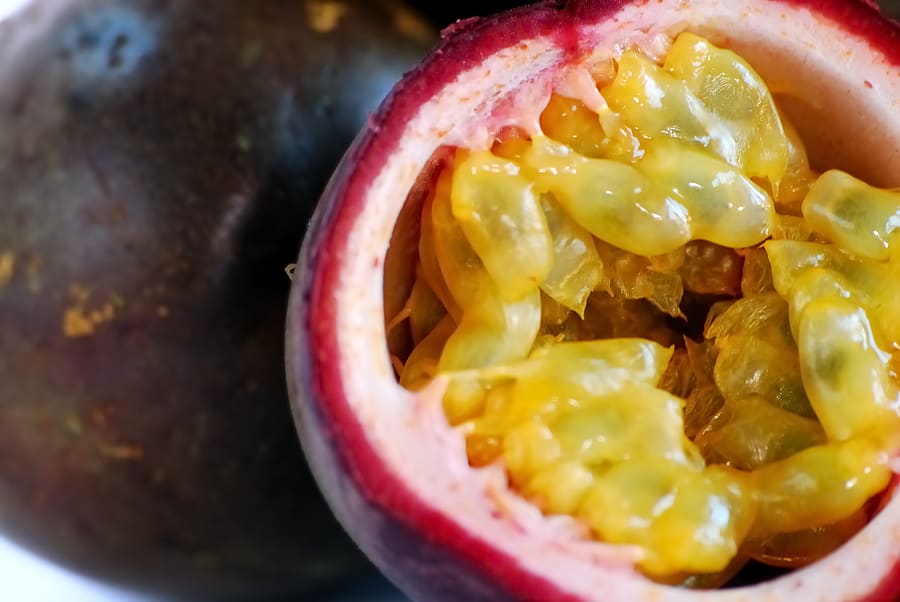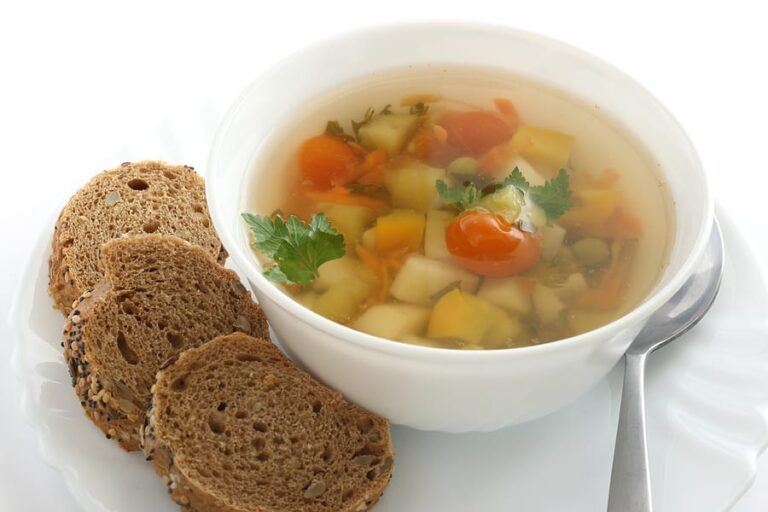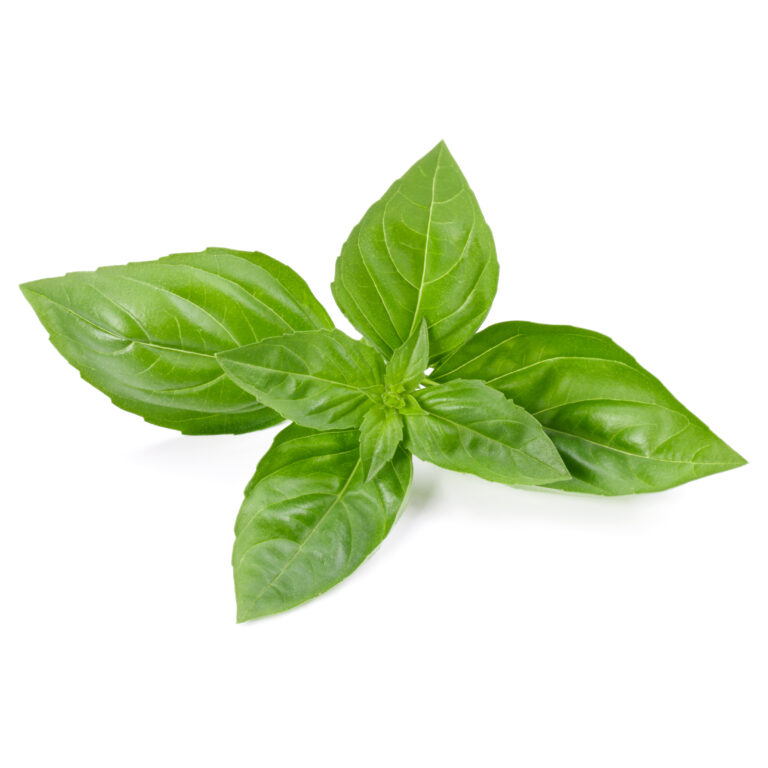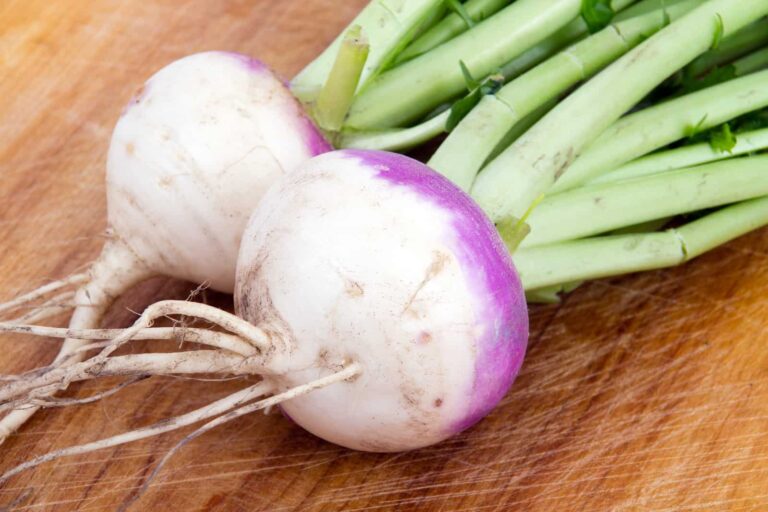Ways to Prepare and Serve Passion Fruit
Slice a fresh passion fruit in half, place it in the palm of your hand, and enjoy its juicy, slightly musky sweet-tart tropical flavor with a spoon.
Both the fruit and juice of the passion fruit combine well with other fruits and juices, especially tropical fruits. In addition to being eaten fresh, passion fruit can be used to make preserves, sauces, and ice cream.
Passion fruit has a flavor reminiscent of guava. The fruit is about the size of a hen’s egg with a thick hard shell and rich gelatinous yellow-orange pulp containing soft edible seeds.
Passion fruit can be added to fruit salads and used as a topping for pavlova (meringue cake) and cheesecake and made into a fruit mousse. Cooked with sugar it can be made into a thick syrup and used as a topping for shaved ice or mixed with water and ice to make an ade.
Purple passion fruit and yellow passion fruit
There are two types of passion fruit. The dark purple passion fruit is perhaps the most common in subtropical regions because it is less susceptible to frost damage. It is easily grown in Hawaii, southern Florida, and California. The bright yellow variety, sometimes called golden passion fruit, is more tropical and sometimes bears a larger fruit. Both yield delicious fruit and juice. However, purple passion fruit is preferred for fresh consumption while yellow passion fruit is most often used for juice processing and making preserves.
The passion fruit grows on evergreen vines to 30 feet long in frost-free subtropical and tropical regions. Its yellowish-green leaves are three-lobed and deep-toothed. A single, dramatic, fragrant flower grows at each node of new growth on the vine. Each flower turns into a purple (or yellow) oval, egg-shaped fruit up to 2 inches long.
The passion fruit has a tough rind that is smooth and waxy and ranges in color from dark purple to light yellow or pumpkin colored depending upon variety. There can be as many as 250 small, hard, dark brown, or black seeds in the pulp of each fruit. The fruit ripens about 80 days after pollination turning from green to deep purple (or yellow) and falls to the ground a few days after it ripens where it can be gathered.
Passion fruit season
The peak harvest season for passion fruit is spring through late summer.
How to choose passion fruit
Select passion fruit that is heavy, large, and plump for its size, and wrinkled. Look for dark purple shells that are dimpled and shriveled, a sign the fruit is ripe. Smooth-skinned passion fruit is not ripe. Avoid overly hard passion fruit which is underripe. Smooth-skinned fruit will ripen at room temperature within 3 to 5 days.
Amount. Ten to 12 passion fruits will yield about 1 cup (.23 liter) of pulp.
How to store passion fruit
Refrigerate ripe passion fruit in a plastic or paper bag for up to 2 days. Smooth-skinned passion fruit is not ripe. Ripen at room temperature, uncovered, out of the direct sun, until the fruit skin dimples and darkens, then it is ripe.
Passion fruit pulp and seeds can be frozen for up to 3 months. Scoop out pulp and seeds from halved fruit; transfer to freezer containers and freeze. Whole passion fruit can also be frozen.
How to prepare passion fruit
Slice the fruit in half, spoon out the pulp, and remove the seeds by straining them in a non-aluminum sieve, pressing to extract the juice.
To prepare seedless pulp: force the pulp through a fine mesh strainer with a rubber spatula or wooden spoon; if you heat the pulp gently with a little sugar before you strain it will cause it to release more juice. Don’t use too much heat or the flavor will be affected. More than 100 fruits will be needed to make one liter of juice.
Cooking passion fruit
Passion fruit is generally used fresh. It can be cooked to use for use in pastry fillings.
How to serve passion fruit
Passion fruit is usually served fresh.
- Add slices to fruit salad.
- Add dollops of pulp to fruit, poultry, or gelatin salads.
- Serve pulp on French bread or crackers with cream cheese or Brie.
- Cut off the top, pour cream and sugar into the cavity, mix with the pulp, and eat with a spoon.
- Serve pulp over ice cream, sherbet, yogurt, or crêpes.
- Use it to make jelly or juice.
- Add juice to custard bases or puddings.
- Add strained fruit purée to blended drinks.
- Seeded fruit pulp puréed in a blender is a flavor base for sorbets, ice cream, mousses, pies, and dessert sauces.
- Add juice to punches, cocktails, and fruit juice blends.
Passion fruit flavor partners
Passion fruit has a flavor affinity for cream, guava, ice cream, mango, meringue, mousse, papaya, pineapple, star fruit, sugar, and yogurt.
Passion fruit nutrition
Passion fruit is an excellent source of vitamin C, potassium, and sodium.
Passion fruit facts and trivia
Passion fruit is native to southern Brazil. The fruit was given its name by Spanish Jesuit priests who saw the pattern of Christ’s crown of thorns and other symbols of the Crucifixion or passion in the plant’s flowers.
In some places such as South Africa, passion fruit goes by the Spanish name granadilla which means “little pomegranate”.
The botanical name for purple passion fruit is Passiflora edulis. The botanical name for yellow passion fruit is Passiflora edulis flavicarpa.
Articles of interest:
Planning the Home Fruit Garden
Garden Planning Books at Amazon:
- Vegetable Garden Almanac & Planner
- Kitchen Garden Grower’s Guide Vegetable Encyclopedia
- Vegetable Garden Grower’s Guide
- Tomato Grower’s Answer Book
More kitchen tips:
Bring your harvest to the table. Kitchen prep tips and easy recipes for the vegetables you grow. Click below for vegetable prep and recipes you can use now.
- Almonds
- Apples
- Apricot
- Aprium
- Artichoke
- Arugula
- Asparagus
- Avocado
- Bamboo Shoots
- Banana
- Basil
- Beans, Dried
- Beans. Long
- Beans, Shell
- Beans, Snap
- Beets
- Bitter Melon
- Blackberry
- Bok Choy
- Broccoli
- Broccoli Raab
- Brussels Sprouts
- Cabbage
- Cardoon
- Carrots
- Cauliflower
- Celeriac
- Celery
- Chard
- Chayote Squash
- Cherimoya
- Cherries
- Chestnut
- Chickpea
- Chinese Cabbage
- Chives
- Cilantro
- Citron
- Clementine
- Collards
- Coriander
- Corn, Sweet
- Corn, Baby
- Corn Salad, Mache
- Cranberry
- Cress
- Cucumber
- Daikon
- Dandelion
- Dill
- Eggplant
- Endive, Belgian
- Endive and Escarole
- Fava Beans
- Fig
- Florence Fennel
- Garlic
- Ginger
- Grapefruit
- Grapes
- Guava
- Horseradish
- Jerusalem Artichoke
- Jicama
- Jujube
- Kale
- Kiwifruit
- Kohlrabi
- Kumquat
- Leeks
- Lemongrass
- Lemons
- Lettuce
- Lime
- Mache (Corn Salad)
- Mandarin Orange
- Mango
- Maple Syrup
- Marjoram
- Melons
- Michihili
- Mint
- Mizuna
- Mushrooms
- Mushrooms, Cremini
- Mustard Greens
- Napa Cabbage
- Nectarine
- Okra
- Olives
- Olive oil
- Onions
- Oranges
- Oregano
- Parsley
- Parsley Root
- Parsnips
- Passion Fruit
- Pawpaw
- Peaches
- Pears
- Peas, Garden Snap
- Peas, Snow
- Pei Tsai
- Peppers, Chili
- Peppers, Sweet
- Persimmon
- Pineapple
- Pineapple Guava
- Plantain
- Plums
- Pluots
- Pomegranate
- Potatoes
- Prickly Pear
- Pumpkin
- Quince
- Radicchio
- Radishes
- Raspberries
- Rosemary
- Rhubarb
- Rutabaga
- Sage
- Salsify
- Sauerkraut
- Savory
- Shallots
- Sorrel
- Spinach
- Squash, Summer
- Squash, Winter
- Strawberries
- Sunchokes
- Sunflower
- Sweet Potato
- Swiss Chard
- Tangerine
- Taro
- Tarragon
- Thyme
- Tomatillo
- Tomato
- Turnip
- Turnip Greens
- Yams







